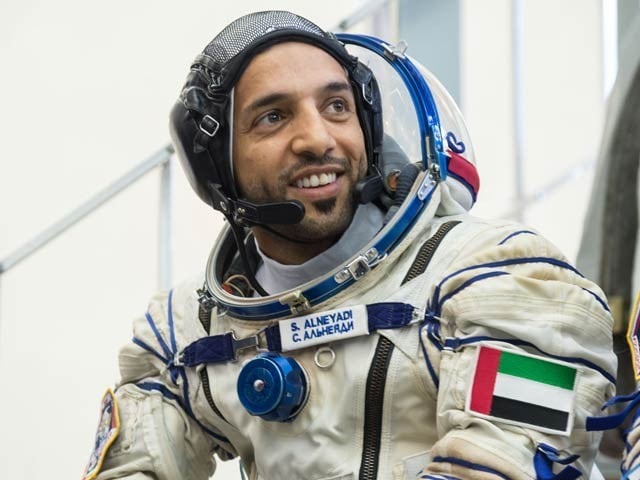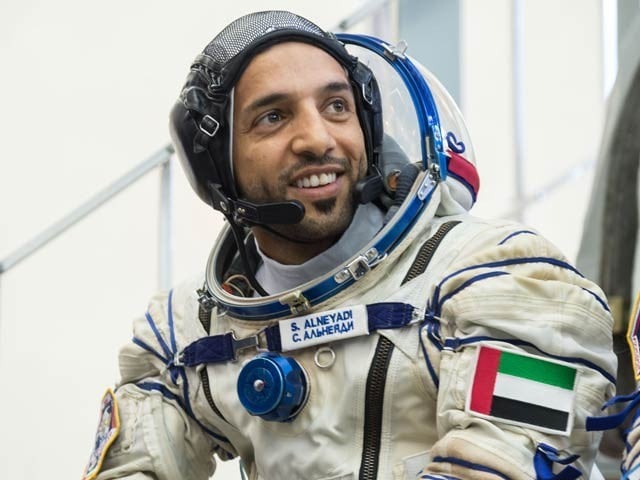
Arab astronaut Sultan al-Niyadi is the first astronaut to walk out of the ISS and play an important role in its repair. Photo: Yahoo News
Dubai: Sultan Al Nayadi of the United Arab Emirates is the first astronaut in the Arab world to leave his space station and spend some time in space and perform a space walk.
At 5:45 local time on Friday, Sultan emerged from the International Space Station (ISS) wearing a space suit. It should be noted that Sultan is also the first Arab astronaut to spend the longest time in space.
Earlier, he has said in his tweet that there are still a few hours left for the ISS to pass through the airlock and the countdown is on. I am wearing a space suit and a UAE flag proudly on my arm. Thus, I will step into space as the first inhabitant of the Arab world.
It should be noted that the International Space Station has had 260 spacewalks since 1998 and has spent some time outside the station. However, Sultan will also carry out maintenance work on the station while abroad.
For this work, Sultan spent 55 hours in NASA’s special neutral bionics laboratory. It should be noted that on March 2, he took off from the Kennedy Space Center and will spend six months on the space station tomorrow. During this time, they will conduct microgravity experiments, including important experiments such as growing human cells and controlling flammable substances in microgravity.
It should be noted that in 1985, Prince Sultan bin Salman was the first Arab expert to go into space, while in 2019, Haza Al Mansoori of the Emirates has spent some time on the ISS, but the space walk has come to the Sultan.
(function(d, s, id){
var js, fjs = d.getElementsByTagName(s)[0];
if (d.getElementById(id)) {return;}
js = d.createElement(s); js.id = id;
js.src = “//connect.facebook.net/en_US/sdk.js#xfbml=1&version=v2.3&appId=770767426360150”;
fjs.parentNode.insertBefore(js, fjs);
}(document, ‘script’, ‘facebook-jssdk’));
(function(d, s, id) {
var js, fjs = d.getElementsByTagName(s)[0];
if (d.getElementById(id)) return;
js = d.createElement(s); js.id = id;
js.src = “//connect.facebook.net/en_GB/sdk.js#xfbml=1&version=v2.7”;
fjs.parentNode.insertBefore(js, fjs);
}(document, ‘script’, ‘facebook-jssdk’));



